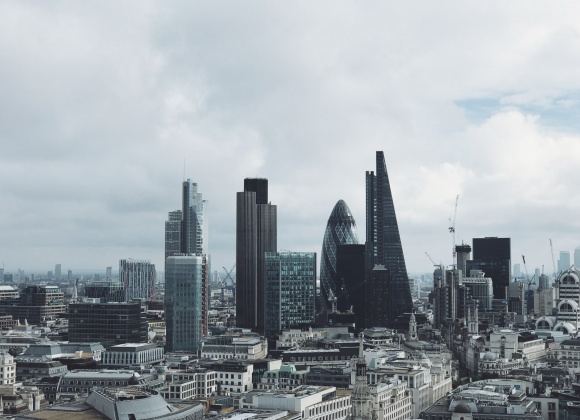Causes of Air Pollution in London
There are places all around the world where air pollution and smog are a real problem, and many times it is because of environmental factors rather than because of the amounts of pollution being generated. That is why some cities such as Milwaukee, Wisconsin can pump out large amounts of pollution and are smog free, whereas Long Beach – Riverside (Los Angeles) produces 38% less pollution per person, and yet it is one of the smoggiest cities in the USA. It is why Las Vegas can be surrounded by sand and there is very little particulate in the air, and yet in Riyadh in Saudi Arabia there is a visible haze caused by sand particulate.
Wind, Rain, Warm, Cold, And Local Weather Systems
London has its fair share of rain, which is why it doesn’t suffer from the sort of smog that places like Los Angeles does (rain is not common in LA). London also has reasonable extremes of weather between the seasons, which means air pressure, wind, and other natural factors help to shift the air pollution.
Topography and Geography
Big and sharp mountains are able to cause wind and natural weather systems that act like a local area’s air cleaning system. Just ask the people living near the mountainous areas in Wales. Sadly, London doesn’t have big sharp mountains or the type of topography that encourages the movement of air.
Luckily, London is fairly near the sea, which means cold air runs into the city and causes the movement of air around the large and warm buildings and tarmac. London also has a south-to-north wind that carries smog, though there are times when this sort of wind movement only moves problems from one area of London to another.
Geographical Aspect and Buildings
You also have to remember that the buildings, carparks, and dense city streets do not encourage the types of wind-related weather system that pulls smog from a city. Plus, the city is very flat when compared to most other areas in the UK, which doesn’t encourage the removal of smog given that the buildings stop the movement of air in its tracks.
Stationary Traffic
The biggest problem that London has is stationary traffic. Vehicles stood in traffic are only creating small amounts of pollution, but the environmental conditions in London mean that pockets of pollution appear. Even though the cars only produce a small amount of pollution, just imagine that same pollution in your garage, and you can see how small concentrations can build up to something more troubling. Thankfully, the market has provided newer cars that turn themselves off when they are sat in traffic, which helps, but it doesn’t account for times when cars are crawling in traffic.
Hybrids Are Just as Wasteful
Despite what campaign groups say, Hybrids are just as wasteful on motorways, country roads, and for many types of driving. There are petrol Smart cars and petrol cars from BMW that best hybrid cars, (the best hybrid in the UK is still the Toyota Prius). However, if all cars in London were hybrids, then its air quality would match that of non-industrial towns in Yorkshire. That is because hybrids do not run their petrol motor when they are traveling slow in traffic jams and when they are stationary. All of London’s air-related-stationary-vehicle-related problems would disappear if all city vehicles where hybrids.
Thanks to Elon Musk’s work with electric motors, we are seeing better and better hybrid cars that may one day be the cleanest vehicles on earth (unless Elon invents solar-powered cars…which he probably will).
The Human Factor Always Plays a Part
There are always degrees of reasons for air pollution. For example, China’s Hebei province is slightly built up, but it is an Irish moor in comparison to how built up London is, and yet according the WHO (2016), Hebei is one of the world’s top ten smoggiest areas because of the steel mills in Tangshan, China. Weather systems play a minor part, but the fact is the area wouldn’t be stuffed with air particulate if the steel mills were not pumping out epic amounts of poison every day.
There is also Agra in India where there is a brisk trade in burning scrap tires to extract iron from them. As a result, it is almost impossible to take a photo of the Taj Mahal without seeing that ugly pollution haze in the sky.
What Is London Doing About Air Pollution
London’s city hall has the Air Pollution Research In London (APRIL) network where policy makers and scientists come together to try to tackle the air pollution problem, and the issue they keep coming back to is stationary traffic. Thanks to the many factors listed in this article, the only sustained problem is that of stationary traffic. The problem is that even the resurfacing of a road in London is difficult and causes big problems, so major changes in traffic networks would cost millions and cause untold amounts of traffic problems. It looks like we will have to look towards the market (and maybe Elon Musk) to fix London’s air pollution and keep waiting for cleaner and cleaner cars.



